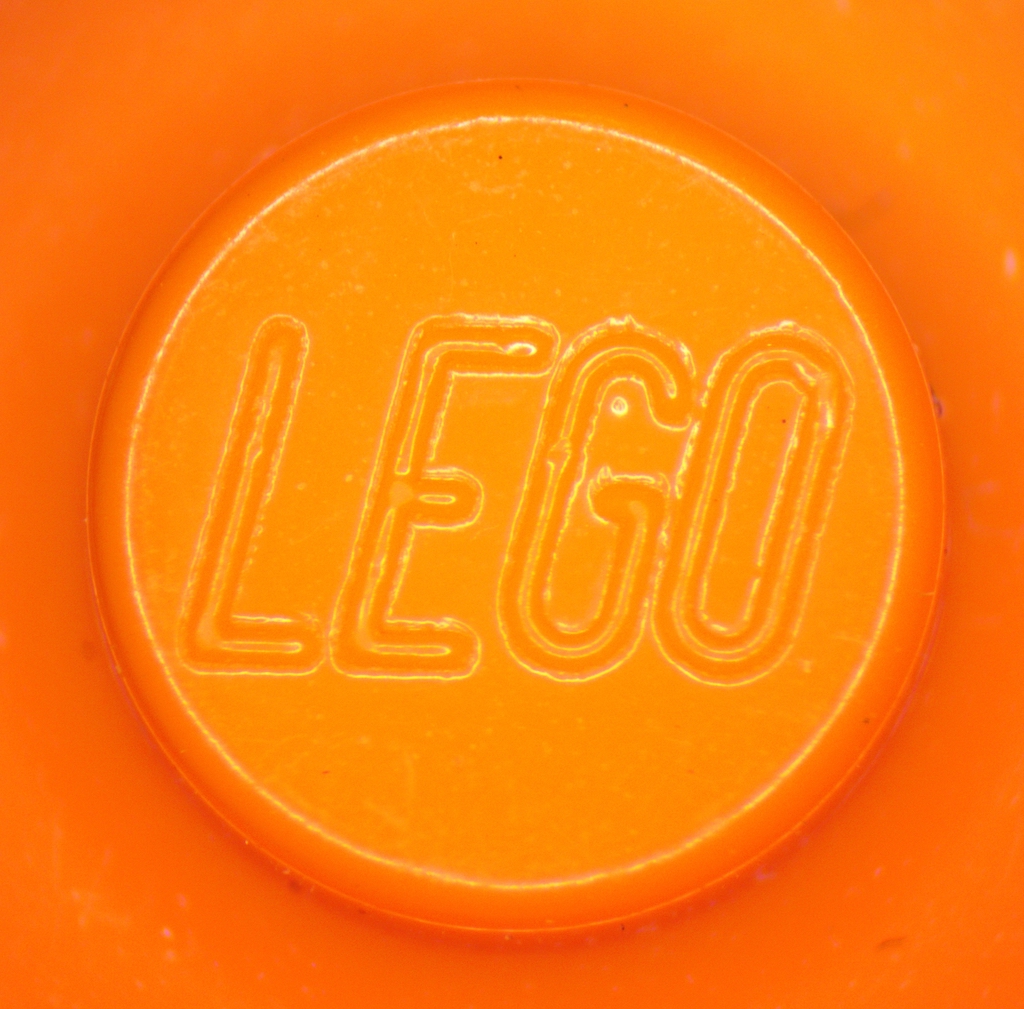Presented here is a somewhat terse step-by-step guide to installing a working version of FreeCAD 0.19 on macOS Big Sur using Conda.
Additional bonus steps explain how to use the new FreeCAD Extension Manager to install the Assembly4 Workbench and the Render Workbench (with rendering performed by Cycles).
If you use a 3DConnextion SpaceMouse I can report these steps will produce a build which supports it.
